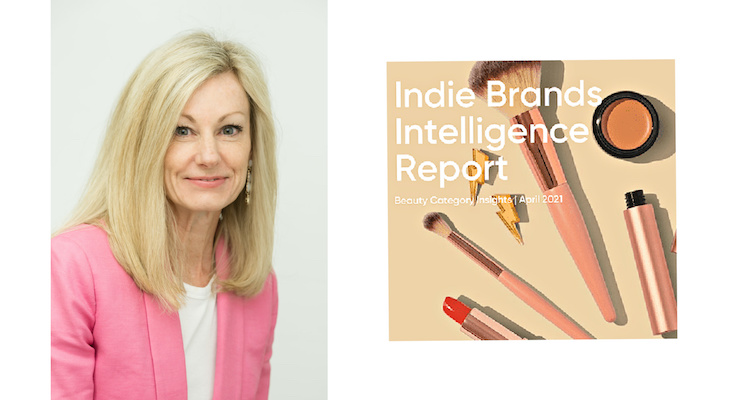Susan Dunn, chief revenue officer at NielsenIQ08.23.21
It’s no secret Covid-19 flipped the retail industry on its head. The pandemic understandably impacted the beauty market as stay-at-home orders and mask mandates went into effect. But not all segments of the market are the same and as surprising as it might sound, independent beauty brands are emerging from the pandemic stronger than ever.
Byzzer, NielsenIQ’s newest CPG retail analytics platform, recently analyzed over 7,000 beauty brands and organized them into six different market segments – conglomerates, beauty groups, niche companies, private label brands, micro brands and independent or “indie” brands – and found the Indie segment has outperformed the rest.
In fact, as of March 2021, sales were up 32% from 2019. And during the pandemic specifically (March 2020 – March 2021), the Indie segment led the entire beauty market across sales growth, unit growth and velocity growth.
Fast-Growing Indie Brands Capitilize on Trends
The “Indie Brands Intelligence Report” sheds light on how brands are doing it. First, the fastest-growing Indie brands – Arches & Halos, Joon X Moon, Puracy and Megababe to name a few – are capitalizing on retail industry trends.The Indie segment is dominating the market with products that are inclusive or unisex, eco-conscious and cruelty-free, and individualized to consumers or personalized for them. Indie brands are also tapping influencers and leveraging social media platforms to spur growth. Their sales are over-indexed to digital and their products are under-distributed. In turn, Indie brands are primed for opportunity.
Since Indie brands are typically small in scale, they are often uniquely positioned to embrace retail industry trends and meet evolving consumer demands. If they could dominate the beauty market in 2020 of all years, Indie brands will certainly continue to reign in post-pandemic life.






























